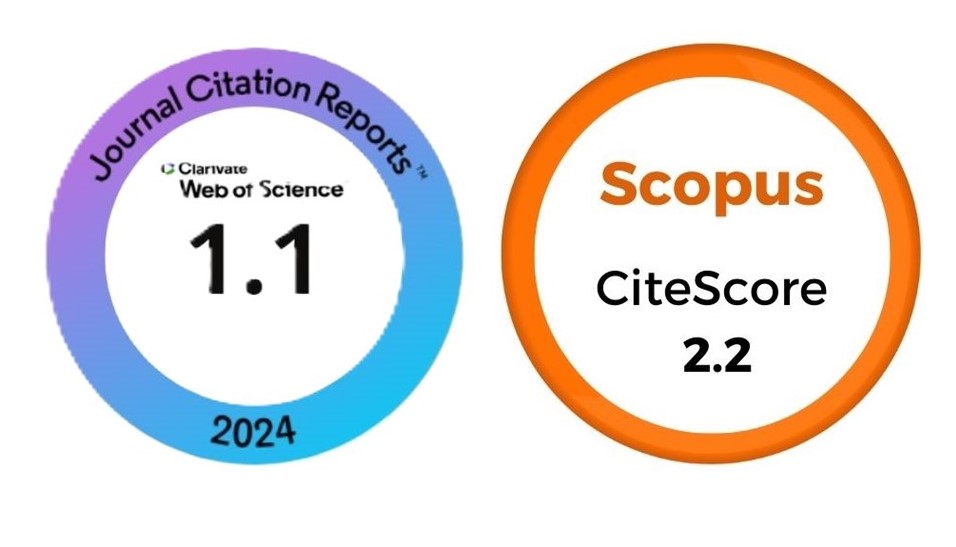Production and quality of three varieties of chrysanthemum grown in pots with different NPK rates
DOI:
https://doi.org/10.14295/oh.v23i4.1020Keywords:
Dendranthema grandiflora Tzvelev, floriculture, electrical conductivity, mineral nutrition.Abstract
Chrysanthemum can be grown for cutting or as a pot plant year-round, providing a constant production flow. In Brazil, little is known about mineral nutrition and fertilization for this crop. Thus, the objective of this work was to evaluate the production and quality of chrysanthemum varieties cultivated in pots with different NPK rates. The experiment was conducted in a completely randomized design with the NPK rates (10-10-10) of 3 g L-1, 6 g L-1 and 9 g L-1 and chrysanthemum varieties Sheena, Calabria and Indianapolis. Pots of 1.2 L capacity were filled with substrate and placed three cuttings per pot kept in a fog chamber under long days. After 21 days, apical pruning was done and started the short-day period. After flowering induction, short days were suspended. It was realized analysis of variance and it was noticed that stem length and EC were affected by NPK rates. It was observed an inverse relation between the increase in NPK rate and cultivation cycle, resulting in precocity of flowering for all varieties. Plants cultivated under 9 g L-1 rate did not present toxicity symptoms, suggesting that this dose was more adequate for the production of pot plants for all three varieties.








